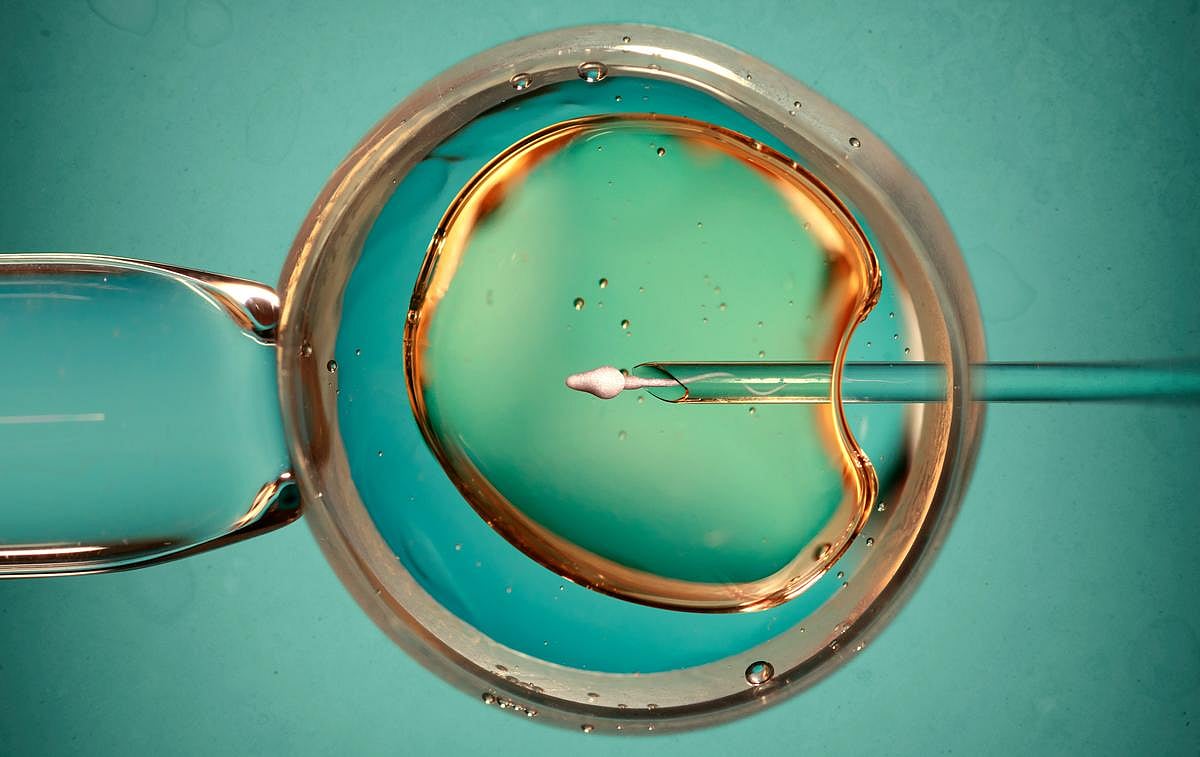Due to a recent change in our pharmacy software system, the process for submitting refill requests online has now changed.
Our previous mobile app and your current login credentials will no longer work.
Please click the Refill Prescriptions tab to begin the new process.
Thank you for your patience during this transition.
Get Healthy!

- I. Edwards
- Posted July 18, 2025
8 Babies Born Using New IVF Technique to Prevent Rare Genetic Diseases
A new IVF technique helped eight babies in the U.K. avoid serious inherited diseases, and scientists are calling it a breakthrough.
All eight children were born using a method that uses DNA from three people: the mother, the father and a donor.
The goal? To prevent the babies from inheriting mitochondrial diseases, a group of rare and untreatable conditions passed down through the mother.
These diseases can cause serious health problems like vision loss, diabetes and muscle weakness.
Experts say about 1 of every 5,000 babies is born with a mitochondrial disease.
The new method, first approved in Britain in 2015, adds a tiny bit of healthy mitochondrial DNA from a donor’s egg to the mix. More than 99% of the child’s DNA comes from the parents.
The technique remains illegal in many places, including the United States and France.
Some have called these “three-parent babies,” but researchers say that’s misleading, CBS News reported.
The first-ever results from the trial were published this week in The New England Journal of Medicine.
To 22 women who received the treatment at the Newcastle Fertility Centre, eight babies were born: Four boys and four girls. Their ages now range from under 6 months to over 2 years.
Tests showed that in six of the babies, the faulty mitochondrial DNA was reduced by 95% to 100%. Levels were reduced by 77% to 88% in the other two babies.
All eight children are currently healthy, though one had a temporary heart rhythm problem that was successfully treated, the researchers noted.
The technique was "effective in reducing transmission" of the mitochondrial diseases between mother and child, the researchers wrote.
Scientists say the children will be followed over time to make sure they stay healthy.
However, three of the babies have showed signs of something called “reversal."
It's "a phenomenon where the therapy initially succeeds in producing an embryo with very few defective mitochondria, but by the time the child is born the proportion of abnormal mitochondria in its cells has significantly increased," Dagan Wells, an Oxford University reproductive genetics expert, told CBS News.
This doesn’t mean the treatment failed, but experts want to study it more.
The results are giving families hope, however.
It's a "very important reproductive option" for families experiencing "devastating" mitochondrial diseases, Nils-Göran Larsson, a reproductive health expert in Sweden, told CBS News.
But Peter Thompson, head of the U.K.’s fertility authority, told CBS only people with a very high risk of passing on disease would qualify.
Experts also note that this method should not yet be used for infertility.
"It is a question of the risk-benefit ratio: for a mitochondrial disease, the benefit is obvious," French researcher Julie Steffann said.
More information
The Cleveland Clinic has more on IVF (In Vitro Fertilization).
SOURCES: The New England Journal of Medicine, July 16, 2025; CBS News, July 17, 2025
